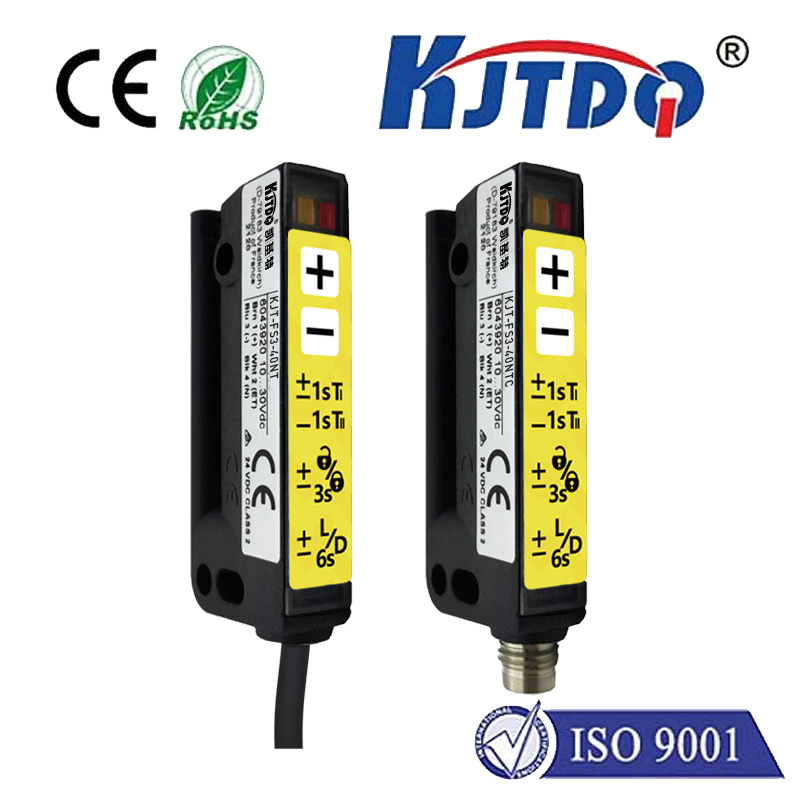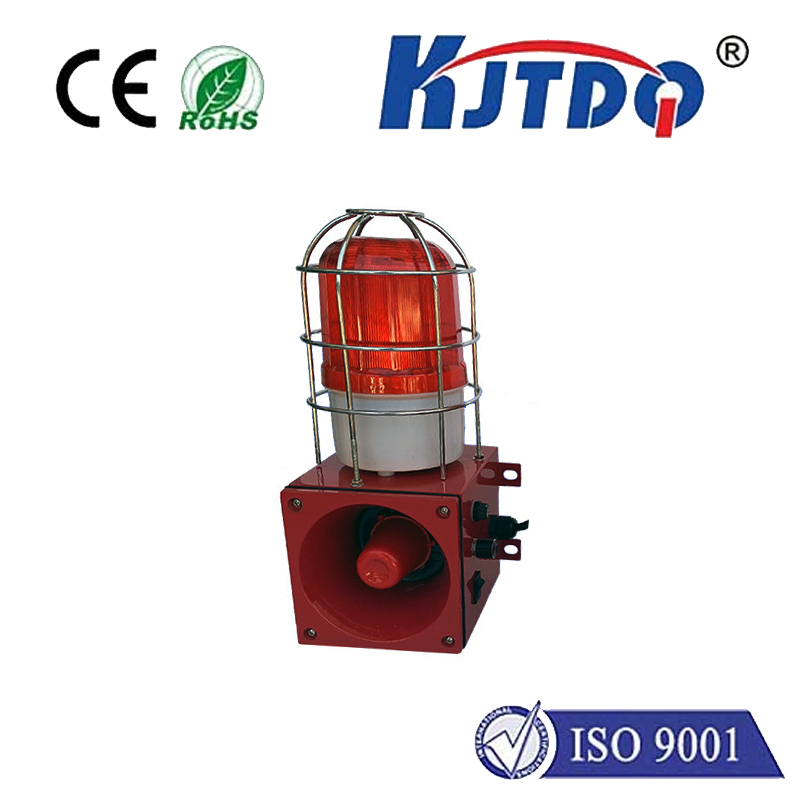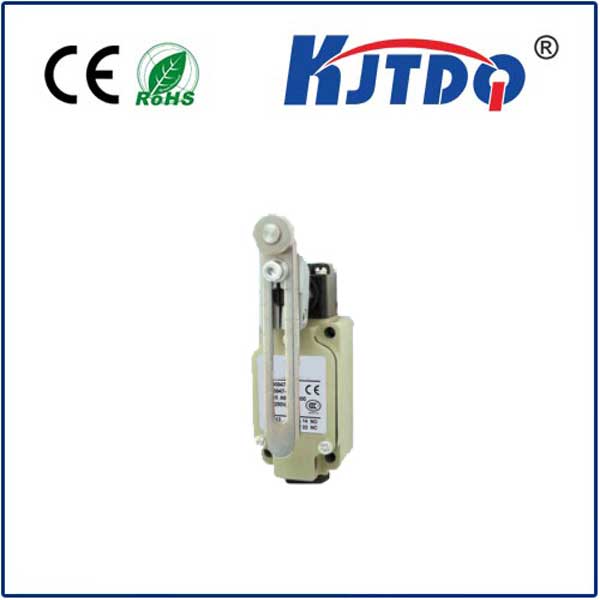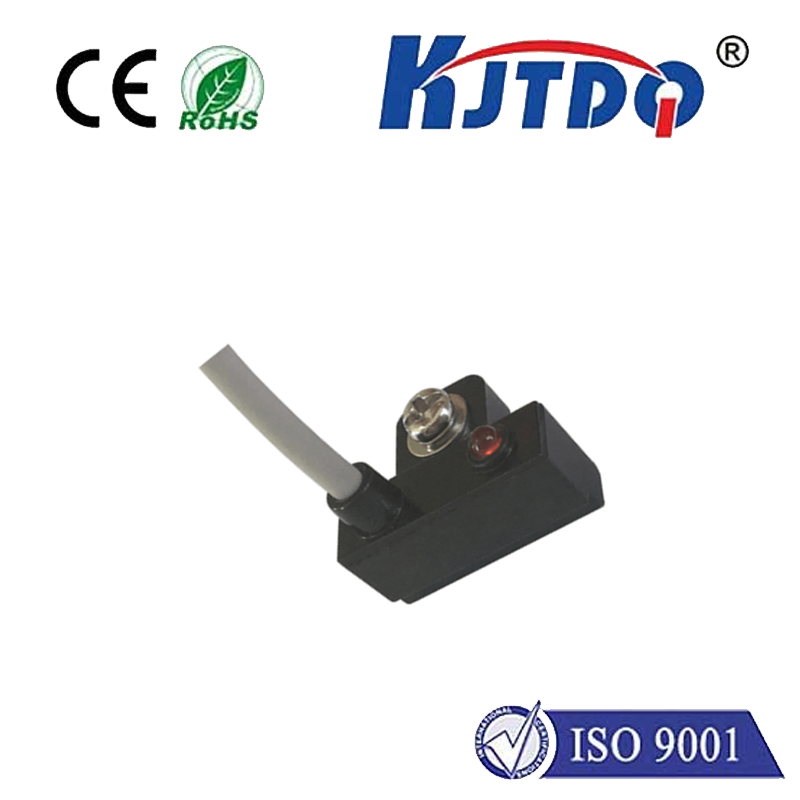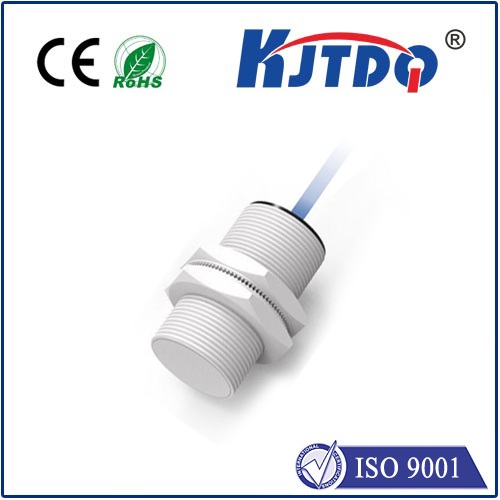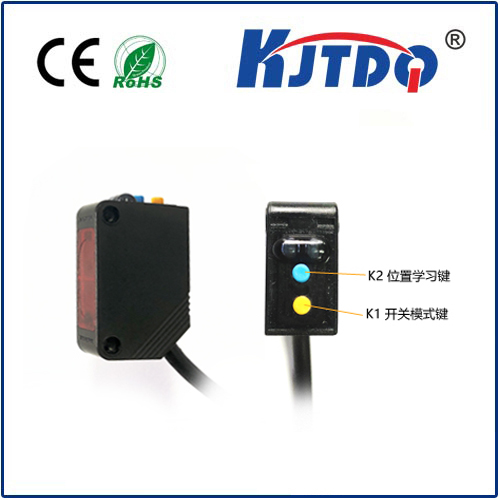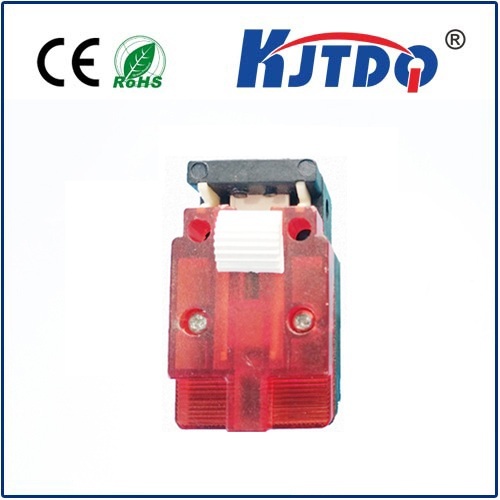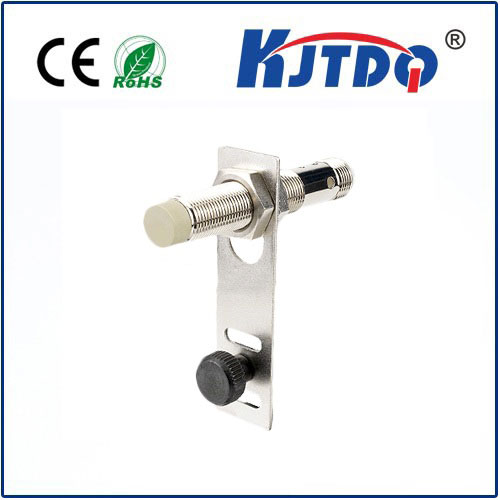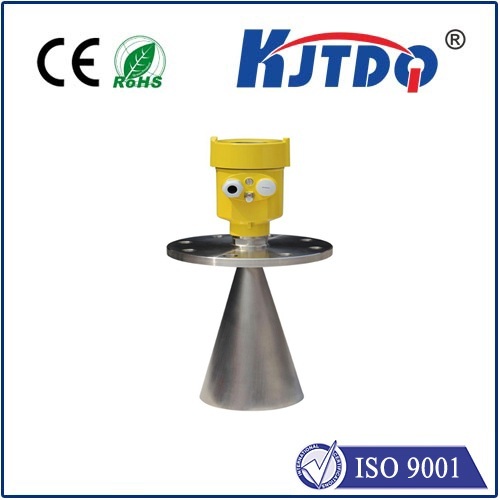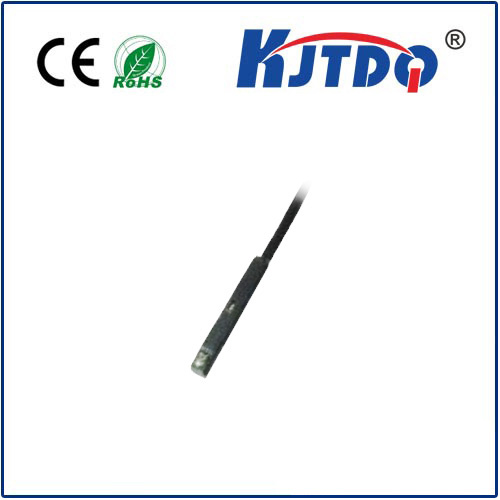
check

check

check

check
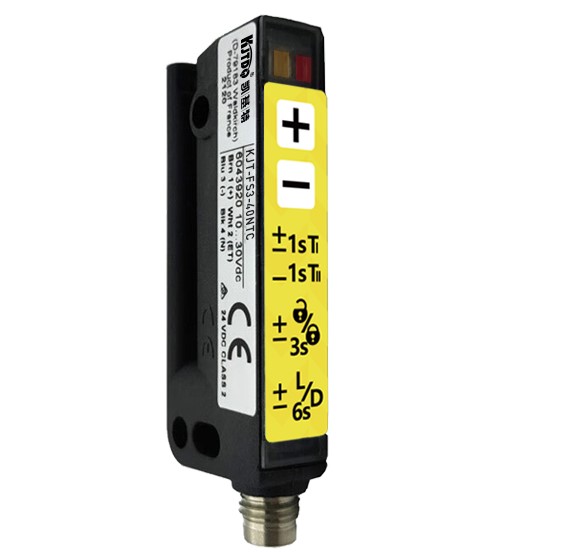
The main principles of tag sensors are:
1. Use radio frequency signals to communicate with tags. When the reader's antenna is close to the tag, the reader will send a radio frequency signal to the tag. After the tag receives the signal, it will activate and send its stored information (such as a unique identification code) back to the reader/writer for identification or data processing.
2. Transmission sensor: The infrared transmitter placed above the label emits an invisible beam, and the receiver below the label receives the infrared energy transmitted through the label. Since the number of transmitted infrared rays changes periodically when the roll label moves, the sensor issues automatic labeling instructions based on this change.
3. Reflective sensor: Its principle is similar to that of the transmissive sensor. The difference is that the infrared transmitter has both transmitting and receiving functions. When the light beam reflected back from the label (top or bottom paper) changes, something changes inside the sensor and emits a different signal.
